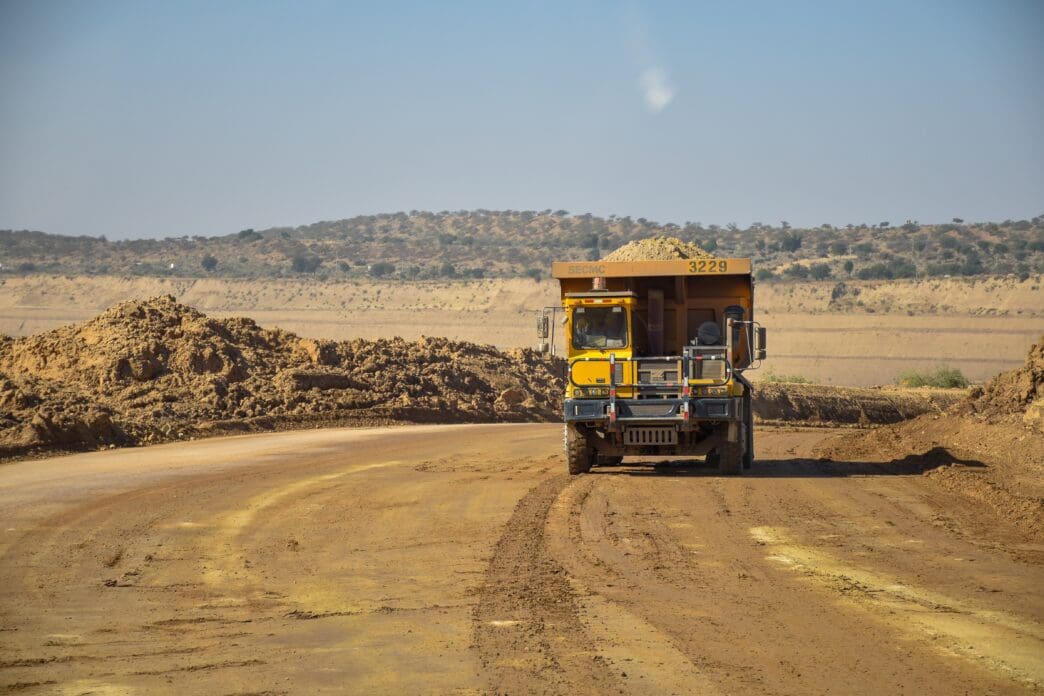Executive Summary
- Pakistan has signed a memorandum of understanding with the United States to advance critical mineral refinement, a move aimed at countering China’s dominance in global rare earth supply chains.
- The agreement is viewed as complementary to Pakistan’s existing multibillion-dollar China-Pakistan Economic Corridor (CPEC), suggesting Islamabad’s strategy to diversify economic partnerships.
- Pakistan, possessing substantial mineral resources and a strategic location, seeks to leverage simultaneous engagement with both the U.S. and China to maximize economic benefits and enhance its strategic autonomy.
The Story So Far
- Pakistan’s recent agreement with the U.S. on critical mineral refinement is a direct response to the U.S.’s intensified efforts to counter China’s global dominance in rare earth supply chains, which are vital for advanced technologies. This move allows Pakistan, with its substantial mineral resources and strategic location, to diversify its international partnerships, aiming to balance its deep economic ties with China through the multibillion-dollar China-Pakistan Economic Corridor (CPEC) while also engaging with the U.S. to enhance its strategic autonomy and economic benefits.
Why This Matters
- Pakistan’s new agreement with the U.S. for critical mineral refinement signals a strategic diversification of its economic partnerships, allowing Islamabad to potentially leverage investments from both Washington and Beijing without undermining its existing China-Pakistan Economic Corridor. This approach could enhance Pakistan’s strategic autonomy and elevate its role in the global critical minerals supply chain, positioning it as a key player amidst the intensifying U.S.-China geopolitical rivalry.
Who Thinks What?
- The United States is intensifying efforts to counter China’s dominance in global rare earth supply chains and is investing in Pakistan’s critical minerals sector to bolster its role in these supply chains.
- Pakistan seeks to enhance its strategic autonomy and maximize economic benefits by engaging with both the U.S. and China, viewing the new critical minerals agreement as complementary to its existing China-Pakistan Economic Corridor (CPEC).
- Ayesha Shaikh suggests that Pakistan’s cooperation with the U.S. in critical minerals is not contradictory to CPEC and can be leveraged into a positive-sum outcome for all stakeholders, given CPEC’s established resilience and strategic importance.
Pakistan has recently signed a memorandum of understanding with the United States to advance the refinement of critical minerals within its borders. This development emerges as the U.S. intensifies its efforts to counter China’s dominance in global rare earth supply chains, setting a new dynamic for Islamabad’s economic partnerships. According to an opinion piece by Ayesha Shaikh, the agreement is not seen as contradictory to Pakistan’s existing multibillion-dollar China-Pakistan Economic Corridor (CPEC).
US-Pakistan Mineral Cooperation
The new memorandum of understanding aims to bolster Pakistan’s role in the critical minerals sector, which includes elements vital for electric vehicles, semiconductors, and military technologies. The United States is investing significant capital into these supply chains, driven by its ongoing geopolitical rivalry with China. This move by Islamabad could potentially enhance its strategic autonomy, though it also raises questions about its position in the broader geopolitical landscape.
Pakistan’s Strategic Position and Resources
Pakistan possesses substantial mineral resource potential, with an estimated outcrop area of 600,000 square kilometers. Its strategic location at the confluence of South, East, and West Asia further positions it as a key partner for trade and connectivity. Despite domestic security and economic challenges, the country continues to attract investment from both Chinese and American interests.
The China-Pakistan Economic Corridor (CPEC)
The China-Pakistan Economic Corridor, a flagship initiative of Beijing’s Belt and Road Initiative, represents a projected US$62 billion investment. Approximately US$25 billion has already been channeled into Pakistani infrastructure, energy projects, and exclusive economic zones. This project is described as a cornerstone of the enduring friendship between China and Pakistan, having navigated various internal and external obstacles since its inception.
Balancing Investments
The author, Ayesha Shaikh, suggests that Pakistan’s cooperation with the U.S. in critical minerals can be leveraged into a positive-sum outcome for all stakeholders. She argues that CPEC’s established resilience and strategic importance to the China-Pakistan relationship make it unlikely to be undermined by Islamabad’s convergence with Washington. This perspective highlights Pakistan’s potential to benefit from simultaneous engagement with both global powers.
Key Takeaways
Pakistan’s recent agreement with the U.S. on critical mineral refinement underscores its strategic importance in the evolving global economic landscape. This move, framed as complementary rather than competitive to its deep ties with China through CPEC, suggests a deliberate strategy by Islamabad to diversify its partnerships and maximize economic benefits from both major powers.








